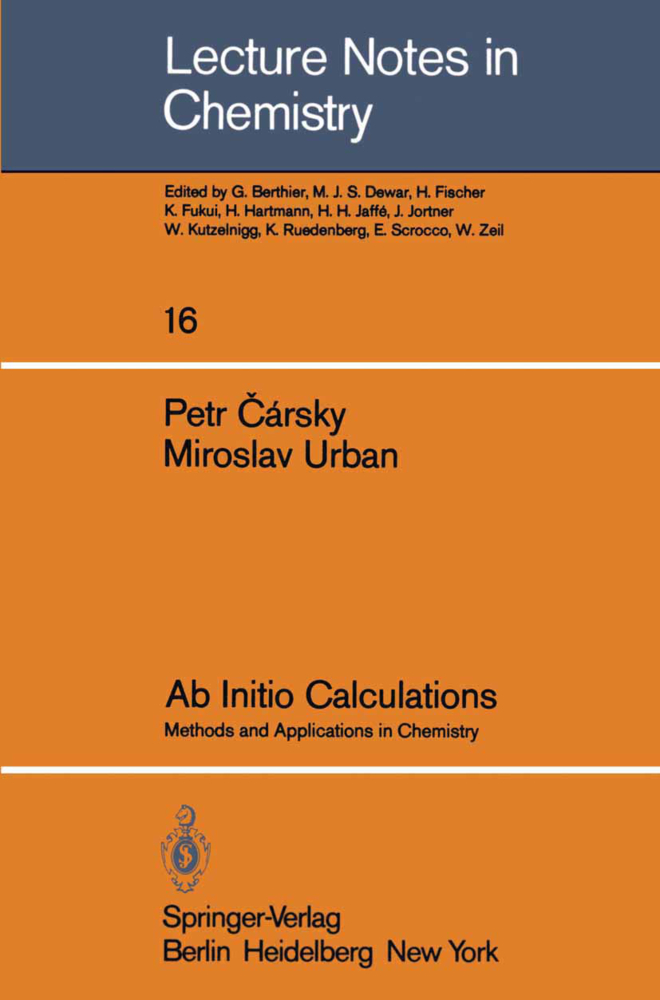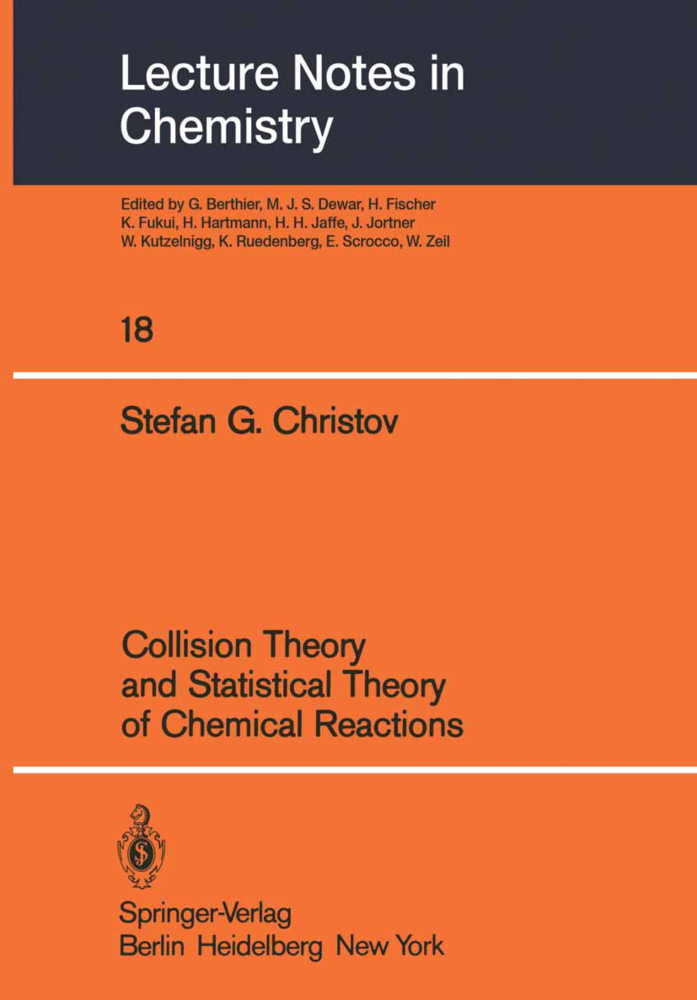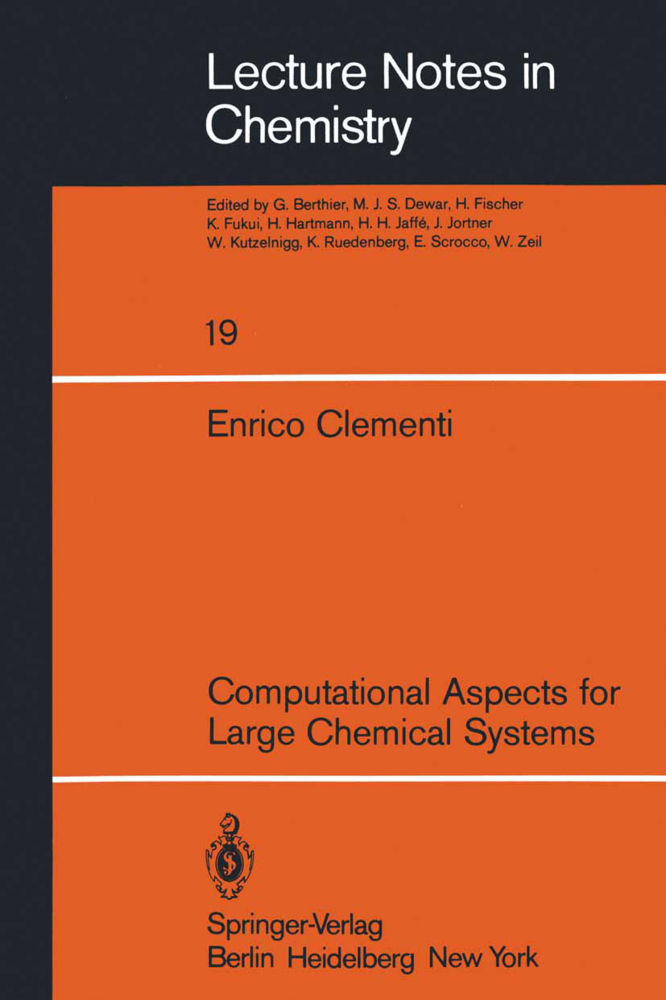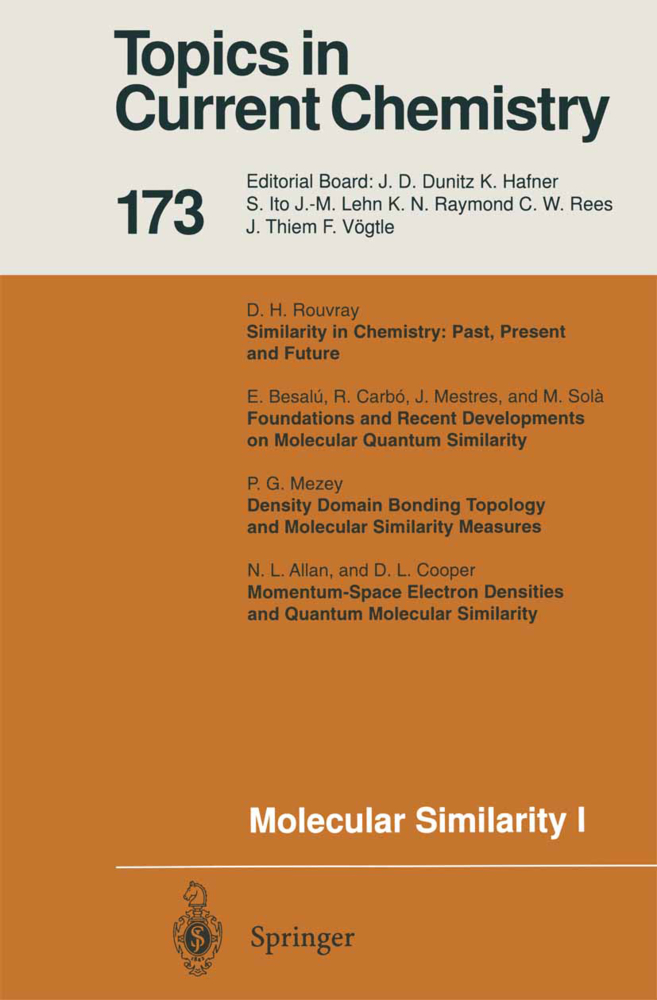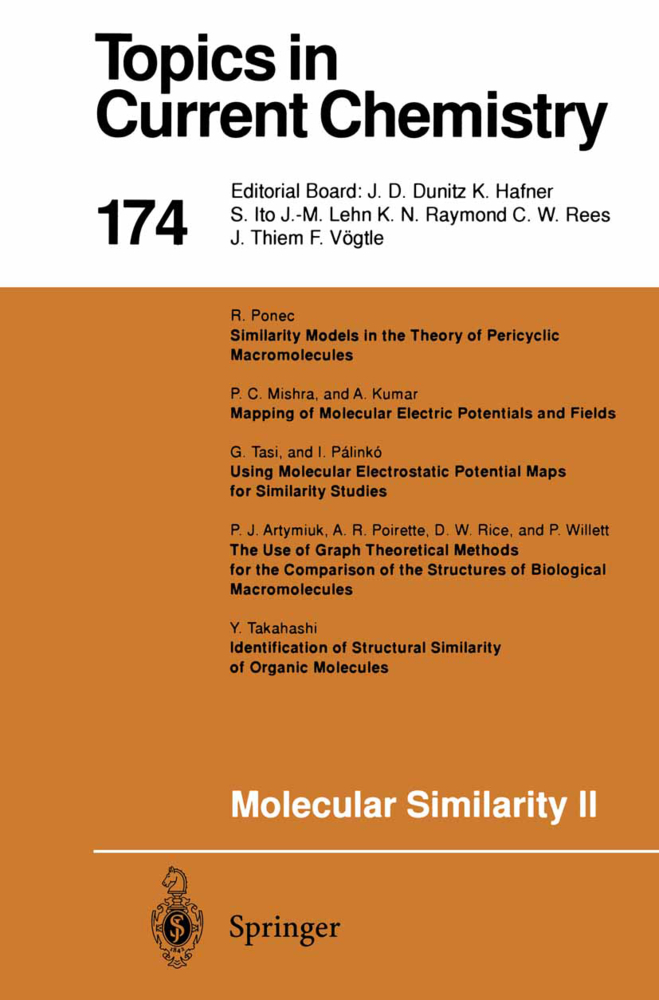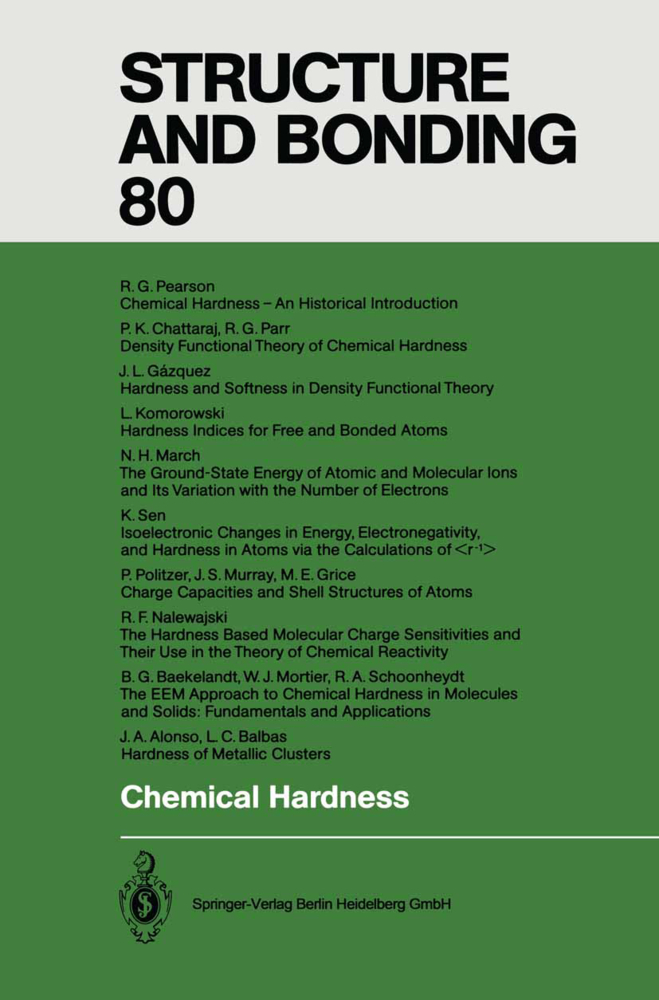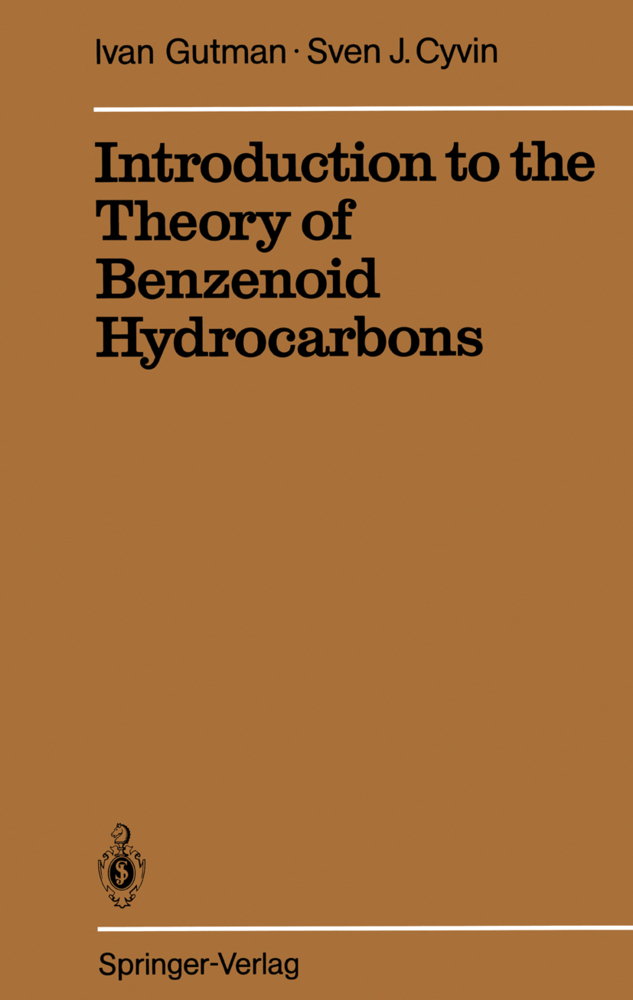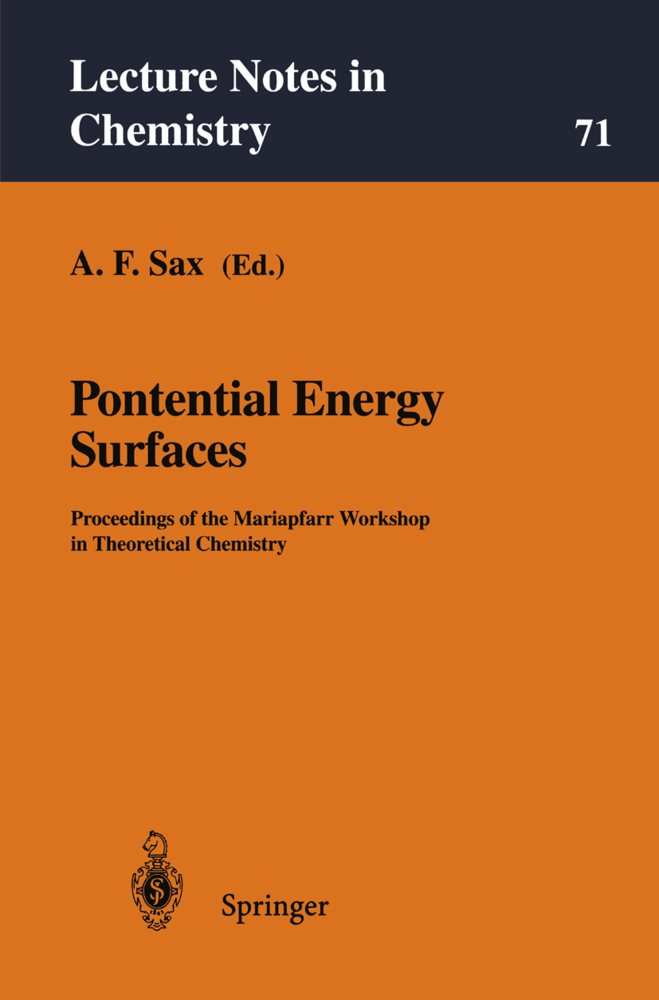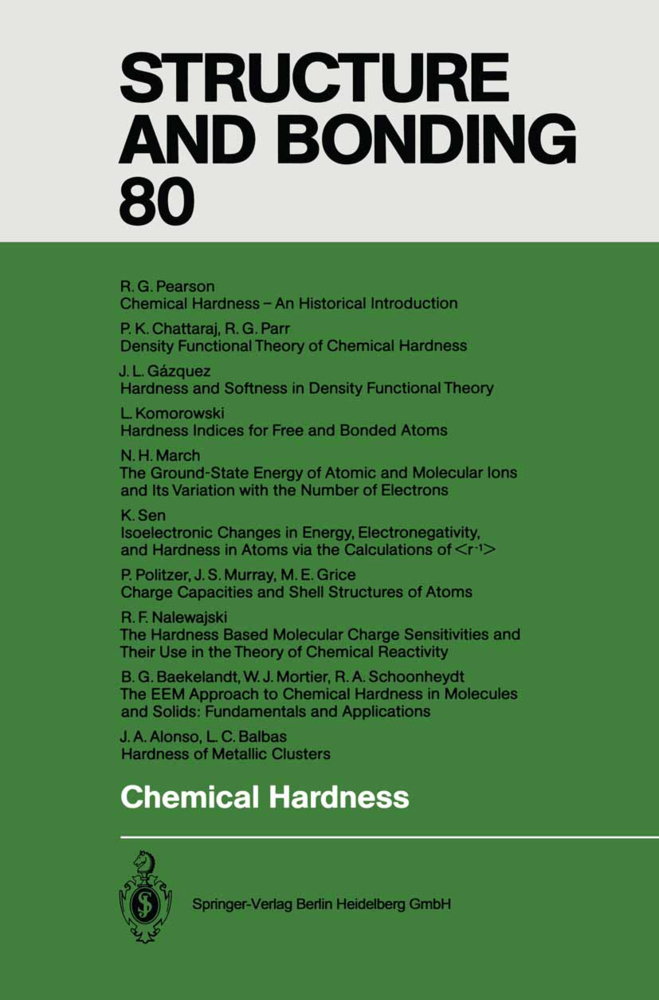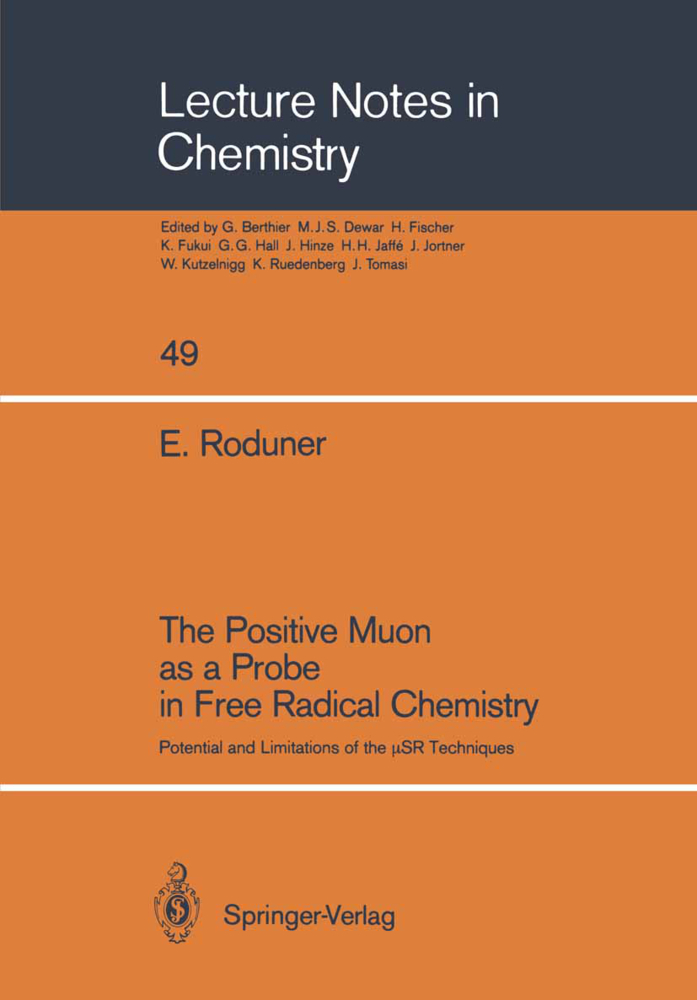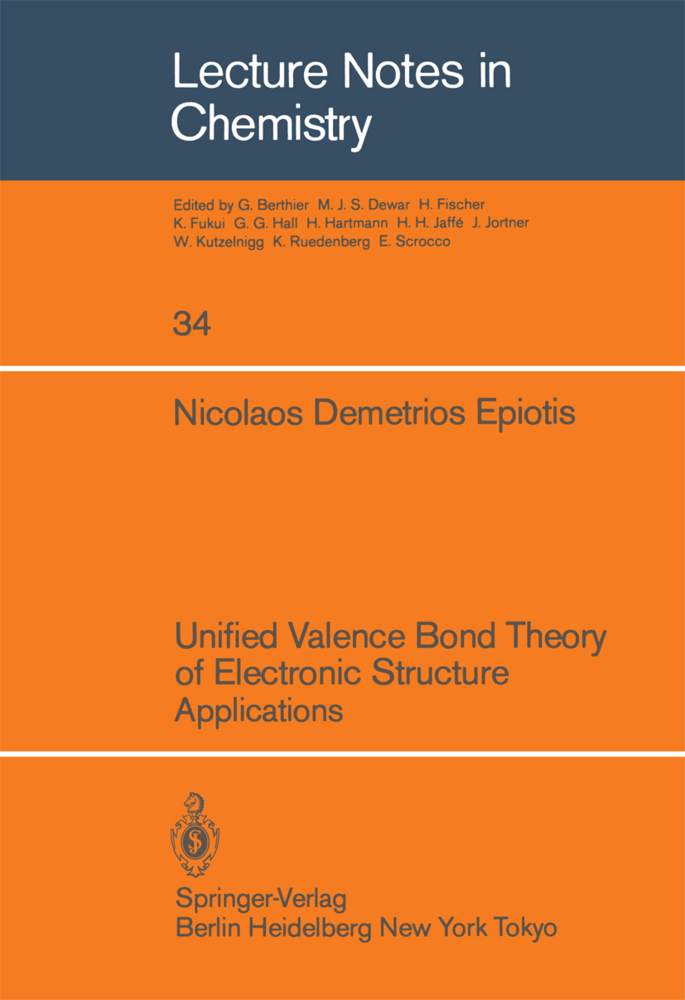Ab Initio Calculations
Methods and Applications in Chemistry. Book w. online files/update
Ab Initio Calculations
Methods and Applications in Chemistry. Book w. online files/update
Until recently quantum chemical ab initio calculations were re stricted to atoms and very small molecules. As late as in 1960 Allen l and Karo stated : "Almost all of our ab initio experience derives from diatomic LCAO calculations --- N and we have found in the litera ture "approximately eighty calculations, three-fourths of which are for diatomic molecules --- There are approximately twenty ab initio calculations for molecules with more than two atoms, but there is a decided dividing line between the existing diatomic and polyatomic wave functions. Confidence in the satisfactory evaluation of the many -center two-electron integrals is very much less than for the diatom ic case". Among the noted twenty calculations, SiH was the largest 4 molecule treated. In most cases a minimal basis set was used and the many-center two-electron integrals were calculated in an approximate way. Under these circumstances the ab initio calculations could hard ly provide useful chemical information. It is therefore no wonder that the dominating role in the field of chemical applications was played by semiempirical and empirical methods. The situation changed essentially in the next decade. The problem of many-center integrals was solved, efficient and sophisticated computer programs were devel oped, basis sets suitable for a given type of problem were suggested, and, meanwhile, a considerable amount of results has been accumulated which serve as a valuable comparative material. The progress was of course inseparable from the development and availability of computers.
2.A. Fundamental Concepts and General Description
2.B. Slater-Type Orbitals
2.C. Gaussian-Type Functions
2.D. Contracted Gaussian Basis Sets
2.E. Gaussian Expansion of Slater-Type Orbitals
2.F. Polarization Functions
2.G. Off-Centered Gaussian Functions
2.H. Comparison of Slater-Type and Contracted Gaussian Basis Sets
2.I. Remarks on the Selection of the Basis Set
3. SCF Calculations
3.A. Integrals over Slater-Type Orbitals
3.B. Integrals over Gaussian-Type Functions
3.C. Computer Time Saving in Evaluation of Integrals
3.D. Computer Time Saving in the SCF Procedure
4. Correlation Energy
4.A. Definition and Origin of the Correlation Energy
4.B. Conservation of the Correlation Energy
4.C. Empirical Calculations
4.D. Configuration Interaction
4.E. Independent Electron Pair Approximation
4.F. Cluster Expansion of the Wave Function
4.G. Many-Electron Theory of Sinanoglu
4.H. Coupled-Pair Many-Electron Theory
4.I. Coupled-Electron Pair Approximation
4.J. Perturbation Calculations
4.K. Numerical Treatment of Perturbation Expressions
4.L. Basis Set Dependence
4.M. Size Consistency
5. Applications
5.A. Molecular Geometries
5.B. Force Constants
5.C. Barriers to Internal Rotation and Inversion
5.D. Potential Curves
5.E. Thermochemistry
5.F. Chemical Reactivity
5.G. Ionization Potentials
5.H. Intermolecular Interactions
5.I. Solvation
5.J. Presence and Future
Appendix A: Atomic Units
Appendix B: Most Common Computer Programs
References.
1. Introduction
2. Basis Set2.A. Fundamental Concepts and General Description
2.B. Slater-Type Orbitals
2.C. Gaussian-Type Functions
2.D. Contracted Gaussian Basis Sets
2.E. Gaussian Expansion of Slater-Type Orbitals
2.F. Polarization Functions
2.G. Off-Centered Gaussian Functions
2.H. Comparison of Slater-Type and Contracted Gaussian Basis Sets
2.I. Remarks on the Selection of the Basis Set
3. SCF Calculations
3.A. Integrals over Slater-Type Orbitals
3.B. Integrals over Gaussian-Type Functions
3.C. Computer Time Saving in Evaluation of Integrals
3.D. Computer Time Saving in the SCF Procedure
4. Correlation Energy
4.A. Definition and Origin of the Correlation Energy
4.B. Conservation of the Correlation Energy
4.C. Empirical Calculations
4.D. Configuration Interaction
4.E. Independent Electron Pair Approximation
4.F. Cluster Expansion of the Wave Function
4.G. Many-Electron Theory of Sinanoglu
4.H. Coupled-Pair Many-Electron Theory
4.I. Coupled-Electron Pair Approximation
4.J. Perturbation Calculations
4.K. Numerical Treatment of Perturbation Expressions
4.L. Basis Set Dependence
4.M. Size Consistency
5. Applications
5.A. Molecular Geometries
5.B. Force Constants
5.C. Barriers to Internal Rotation and Inversion
5.D. Potential Curves
5.E. Thermochemistry
5.F. Chemical Reactivity
5.G. Ionization Potentials
5.H. Intermolecular Interactions
5.I. Solvation
5.J. Presence and Future
Appendix A: Atomic Units
Appendix B: Most Common Computer Programs
References.
| ISBN | 9783540100058 |
|---|---|
| Artikelnummer | 9783540100058 |
| Medientyp | Buch |
| Copyrightjahr | 1980 |
| Verlag | Springer, Berlin |
| Umfang | 247 Seiten |
| Abbildungen | VI, 247 p. With online files/update. |
| Sprache | Englisch |

